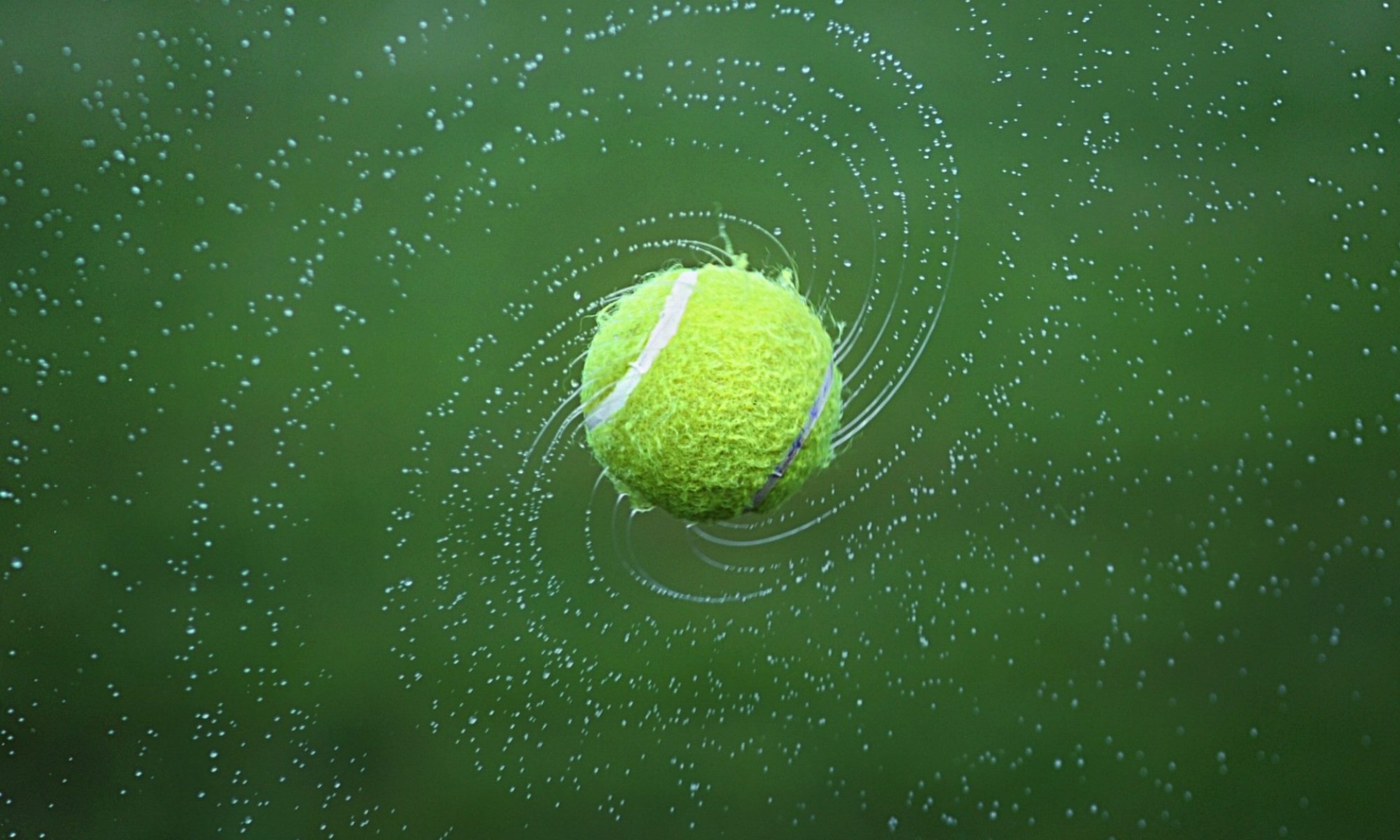In many areas of the country the fall tennis season is over and the frequency of play is slowing down for many players. In other areas, winter will soon have it’s grip, and players stop playing all together or are forced to play less and indoors.
Whatever stage your weather or tennis season is in, everyone can benefit from off court fitness training.
There are many different ways to exercise to increase stamina and speed and to prevent injury. Elliptical machines, treadmills, jumping rope, jogging, etc. Whichever you have access to, or prefer, the important thing to remember is…train in intervals.
Interval training is simply, short bursts of high intensity exercise followed by short periods of lower intensity. For example, you might jog on the treadmill at a pace that makes you breathe too hard to talk to someone easily for 1-2 minutes and then slow to a brisk walk for about 4 minutes. Repeat for a minimum of 10 minutes. That’s right you can make a difference in your fitness level in just 10 minutes a day. (See Men’s Health article below)
10 minute interval training vs 50 minutes of traditional cardio
Interval training mimics the patterns of exertion in a tennis match and has been proven to be a more beneficial way of exercising in general. (Bonus: it also produces more fat loss in less time than exercise at a constant exertion level)

Here are some more resources for interval training information.
Shape Magazine Interval Training
This winter (and all year) find an exercise that you can do off the court and use interval training to get your body in shape before and during tennis season.
